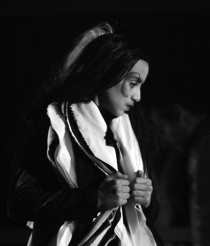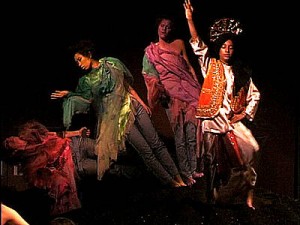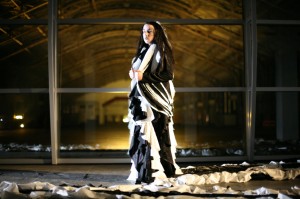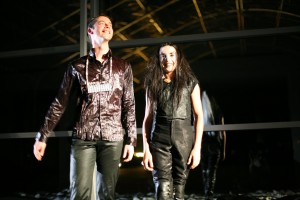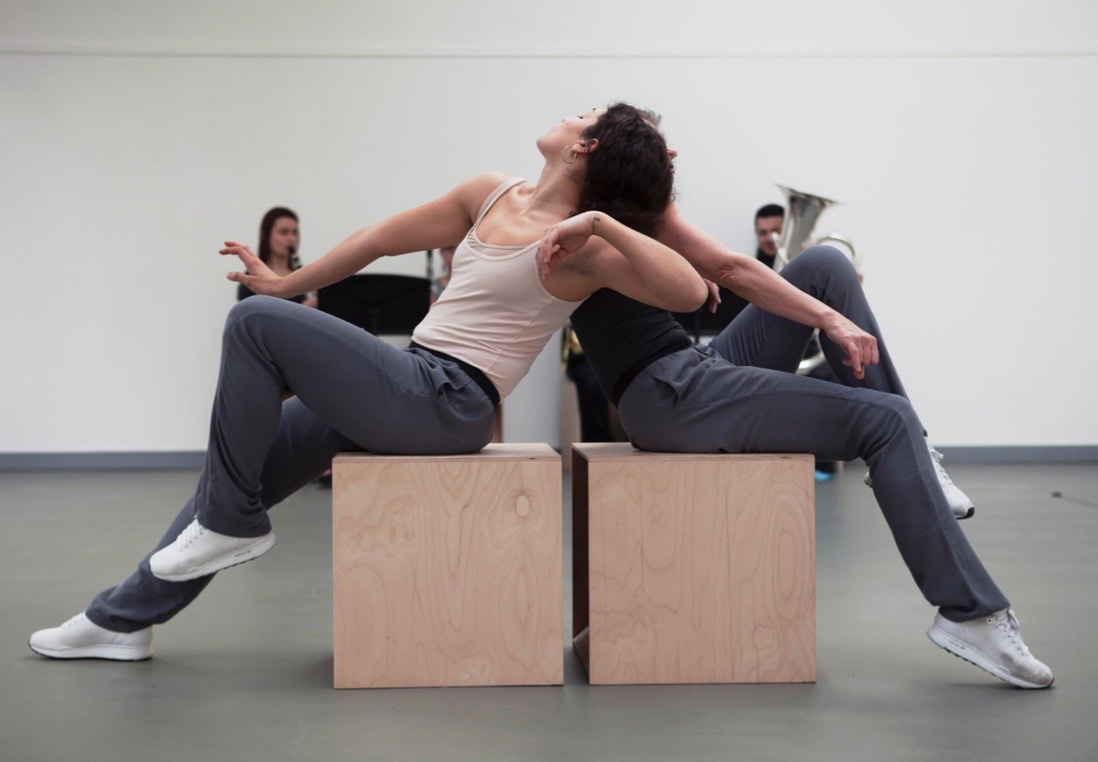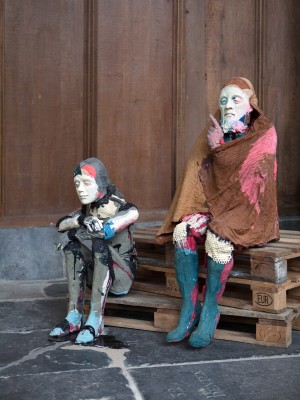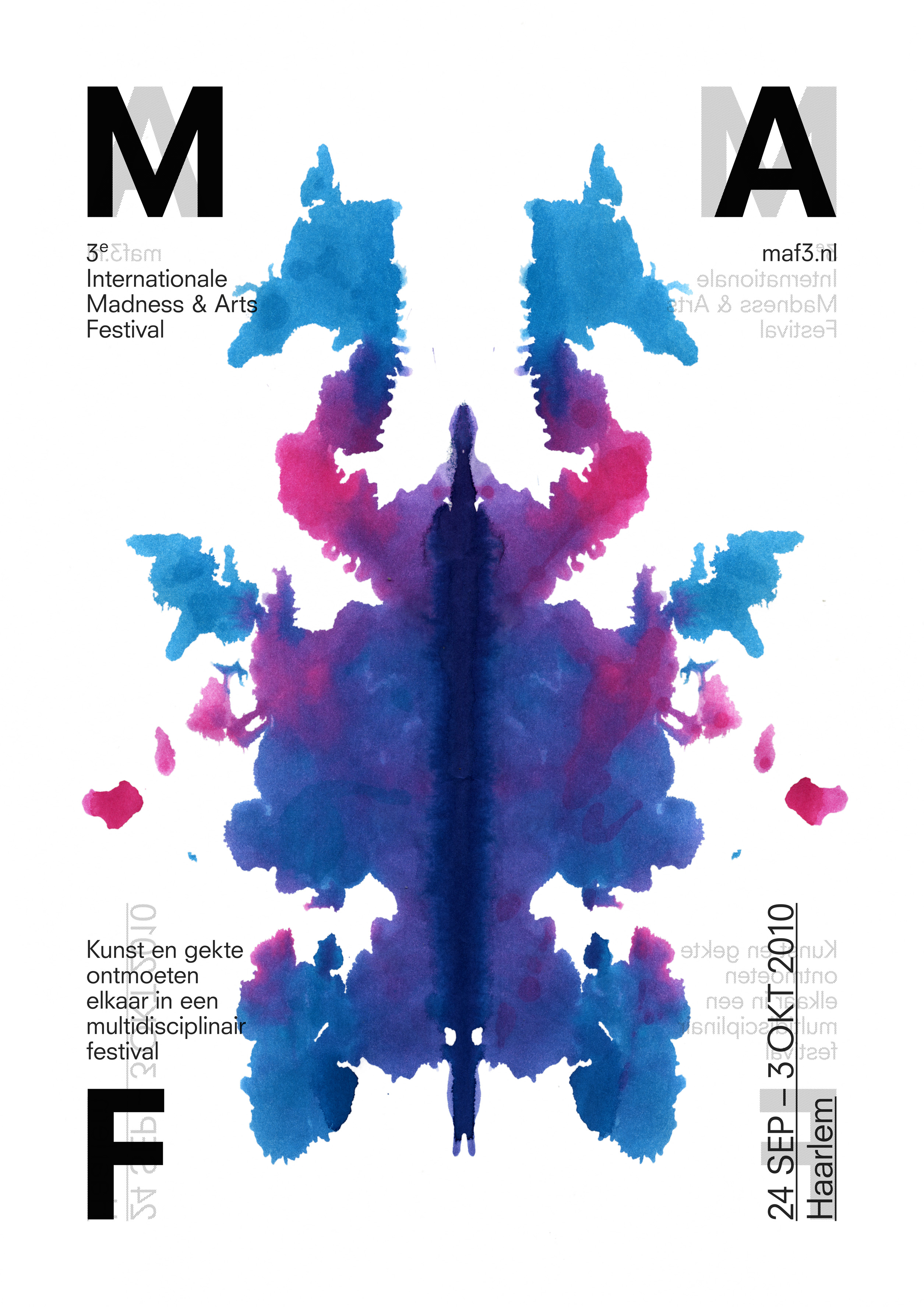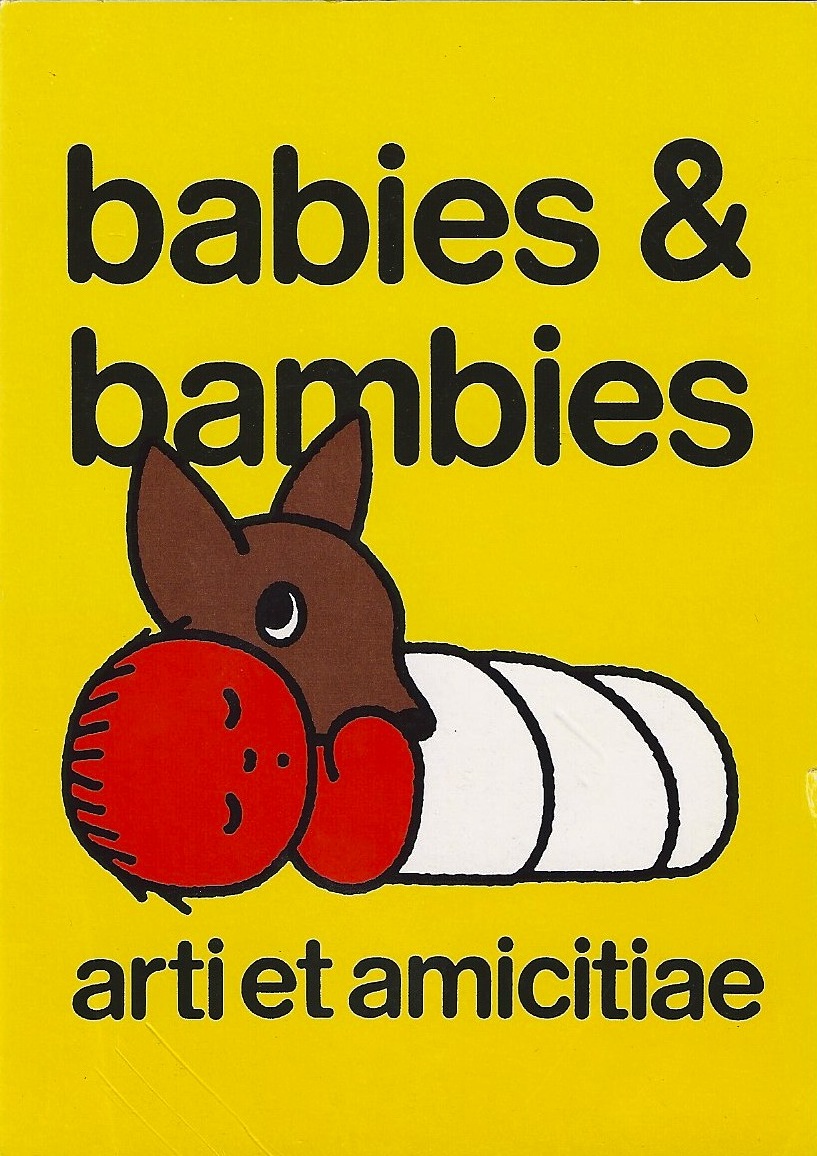On Friday 1st December 2006, the Dutch artist Lars Eijssen (1967) gave a one-off performance at the S.M.A.K. in Ghent. It was presented as a prelude to the international exhibition project Ornament and Pride, that was scheduled to take place in 2008.
Lars Eijssen
Lars Eijssen creates performances with the appearance of hyper-stylised tableaux vivants, carried out by a carefully selected team of singers, dancers, stylists, fashion designers and lighting designers. A characteristic of performance art is the live moment, the encounter with the ‘here and now’ of the work of art. According to Eijssen, the power of this experience is not to be underestimated. His performances, most of which last about 10 minutes, are intended to intensify this experience and to imprint the short-lived ‘here and now’ in the viewer’s memory forever.
One striking example is his 2005 performance Flower Piece #1: The Effort. Four Indian dancers and three exuberantly dressed singers were arranged like a bouquet of flowers in an imitation field. The dancers, singers and setting together formed a mobile painting in which such classic painterly motifs as ‘the harvest’, ‘sowing ’ and ‘still life with flowers’ were depicted in a traditional yet extremely contemporary way.
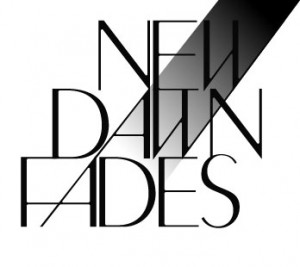
New performance
Lars Eijssen has developed a new performance entitled New Dawn Fades specially for the S.M.A.K. In this performance, a small boy (Soufyan Majdoul) dressed in a costume that is too heavy for him sings a song while a sunrise is represented in the dark and empty Floralia Hall behind him. This is altogether a paradoxical scene. After a few minutes most of the audience will recognize Joy Division’s song New Dawn Fades. It dates from 1979 and marks the historical turning point from the seventies to the eighties – a period when a variety of stylistic exercises took place which now determine our image of the dark and pessimistic eighties. The initial pleasure that comes from recognizing the song and the endearment felt for the young singer, who despite his age appears to know this iconographic song from a past generation, might be experienced as a hopeful and optimistic beginning. But then the feeling changes. The tone and content of the lyrics, together with the memory of the mood of the eighties and the way Joy Division’s singer chose to end his life, detract somewhat from the sight of the new day. The dawn slowly fades.
This approach is typical of Eijssen’s work: he sticks to the stylised imagery of our era, but at the same time is motivated by a desire for the experience of authentic emotions; he seeks elements that go beyond the transience of the modern world and show the hidden treasures of a past era. Just as in his previous performances, in New Dawn Fades the concentration of the event, plus the attention paid to the singing, costumes, make-up and lighting make for an experience those attending will not easily forget.
